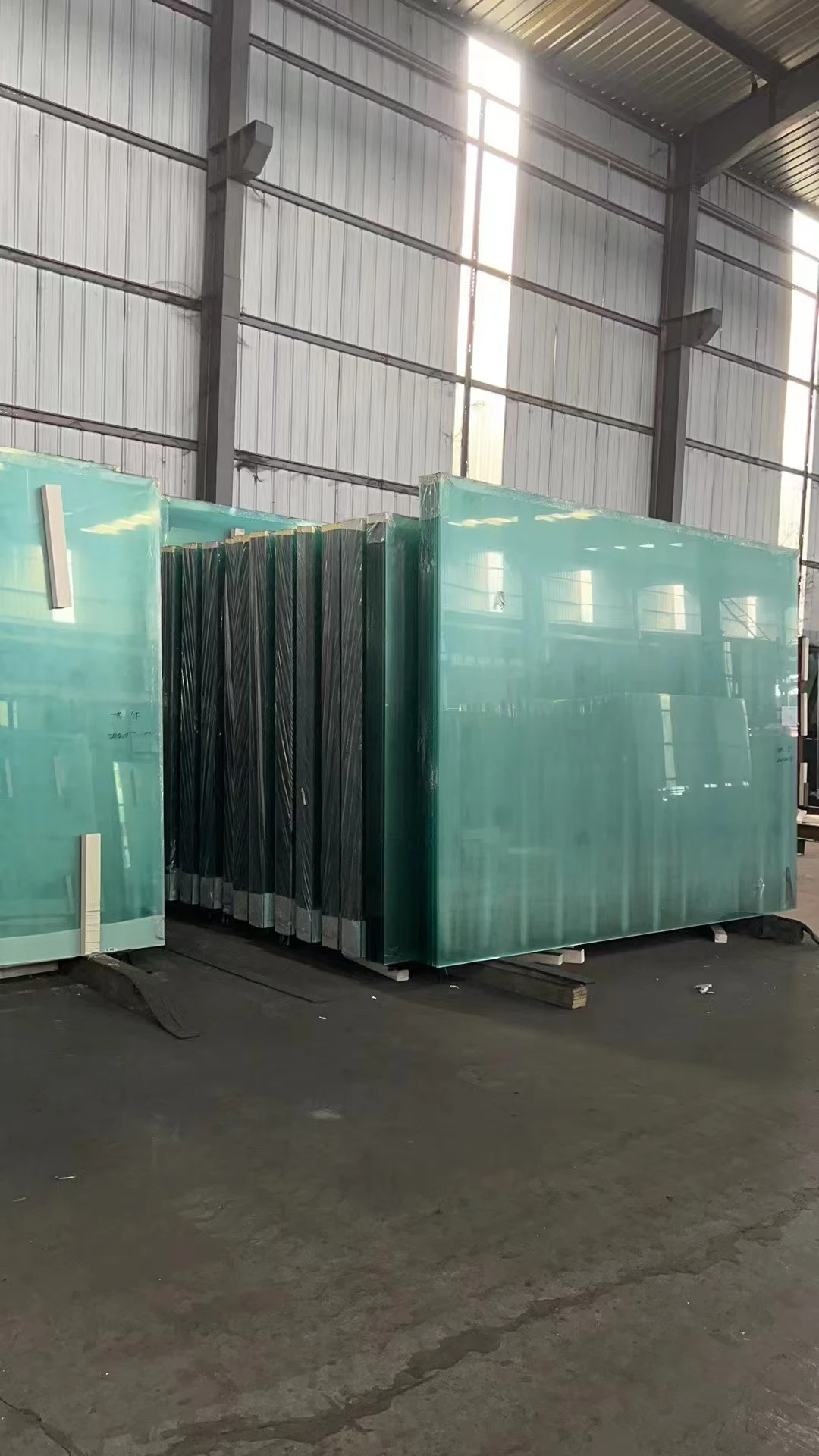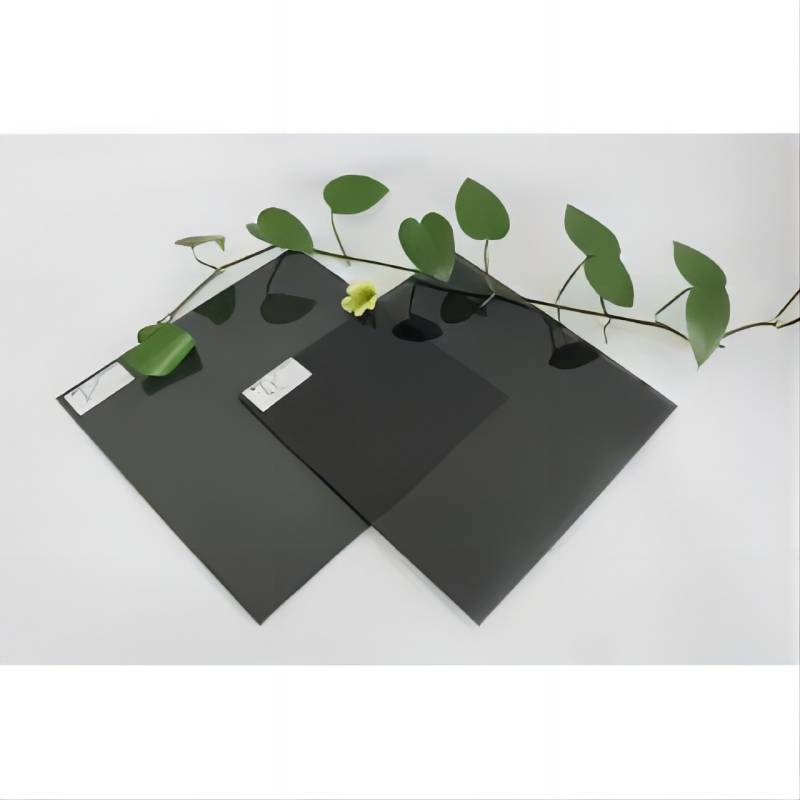In the realm of architectural and industrial applications, tempered glass stands out as a crucial material recognized for its strength and durability. Among construction professionals, interior designers, and product manufacturers, understanding the specifics of tempered glass is essential to optimize its application in various projects. This in-depth exploration delves into the characteristics, production processes, and applicable standards for tempered glass, ensuring that consumers and professionals alike can harness its full potential with confidence.

Tempered glass, often referred to as toughened glass, undergoes a unique heat treatment process that enhances its properties compared to standard glass. During production, the glass is exposed to high temperatures—approximately 620 degrees Celsius—and then rapidly cooled. This process, known as quenching, induces compressive stresses on the surface while the core remains under tension, resulting in a robust material that is resistant to thermal stress and mechanical shock.
One of the primary benefits of tempered glass is its exceptional safety features. In contrast to traditional annealed glass, which shatters into jagged shards upon impact, tempered glass breaks into small, dull-edged fragments. This property significantly reduces the risk of injury, making it an ideal choice for environments where safety is paramount, such as schools, public buildings, and transportation facilities.

A pivotal aspect of tempered glass that underscores its utility is its strength. Typically, this glass type is four to five times stronger than standard glass of the same thickness. This increased strength makes it suitable for a wide range of load-bearing applications, including glass doors, windows, and structural glazing systems. Furthermore, tempered glass's resilience to temperature fluctuations makes it a staple in environments subjected to extreme weather conditions.
Compliance with international standards is a key consideration when considering tempered glass for any project. Notably, standards such as the ANSI Z97.1 in the United States and the EN 12150 in Europe ensure that tempered glass meets the necessary safety and quality requirements. These standards stipulate tests for fragmentation patterns, surface compression, and thermal stability, ensuring that the glass performs as expected in various applications.
tempered glass product data sheet
For professionals looking to specify tempered glass in their projects, understanding the nuances of its specifications is critical. Factors such as thickness, size limitations, and edge treatments can influence both the aesthetic and functional aspects of the final installation. Available in a range of sizes and finishes, tempered glass can be customized through processes like sandblasting and screen printing to meet the specific visual and privacy needs of any design.
In practical applications, the expertise in handling, cutting, and installing tempered glass cannot be understated. Unlike annealed glass, tempered glass cannot be cut or drilled after it has been tempered, which necessitates precise planning during the design phase. Collaborating with suppliers and manufacturers who possess a deep understanding of tempered glass processing can greatly enhance project outcomes, ensuring that both structural integrity and design intents are achieved seamlessly.
The authority of tempered glass in the market is further solidified by its widespread use in cutting-edge technology and modern architecture. Whether integrated into sleek skyscraper facades or utilized in high-performance electronics such as smartphone screens and solar panels, its utility is broad and still expanding. This versatility is testament to its reliability and the industry's trust in its capabilities.
In terms of sustainability, as the focus on eco-conscious building practices increases, tempered glass offers an environmentally friendly option due to its potential for recyclability. Moreover, advancements in coating technologies have led to the development of tempered glass products with improved energy efficiency, such as low-emissivity glass, which reduces heat loss and enhances insulation in buildings.
In conclusion, the tempered glass product data sheet serves as a valuable resource for understanding this indispensable material. Its robust nature, compliance with safety standards, and versatility across various sectors underline its irreplaceable role. By embracing both the aesthetic and functional possibilities it offers, professionals can elevate their projects, creating spaces that are not only safe and durable but also visually captivating and environmentally considerate. Invest in understanding the comprehensive details of tempered glass to leverage its full potential, ensuring that every application achieves the highest standards of excellence.
 Afrikaans
Afrikaans  Albanian
Albanian  Amharic
Amharic  Arabic
Arabic  Armenian
Armenian  Azerbaijani
Azerbaijani  Basque
Basque  Belarusian
Belarusian  Bengali
Bengali  Bosnian
Bosnian  Bulgarian
Bulgarian  Catalan
Catalan  Cebuano
Cebuano  Corsican
Corsican  Croatian
Croatian  Czech
Czech  Danish
Danish  Dutch
Dutch  English
English  Esperanto
Esperanto  Estonian
Estonian  Finnish
Finnish  French
French  Frisian
Frisian  Galician
Galician  Georgian
Georgian  German
German  Greek
Greek  Gujarati
Gujarati  Haitian Creole
Haitian Creole  hausa
hausa  hawaiian
hawaiian  Hebrew
Hebrew  Hindi
Hindi  Miao
Miao  Hungarian
Hungarian  Icelandic
Icelandic  igbo
igbo  Indonesian
Indonesian  irish
irish  Italian
Italian  Japanese
Japanese  Javanese
Javanese  Kannada
Kannada  kazakh
kazakh  Khmer
Khmer  Rwandese
Rwandese  Korean
Korean  Kurdish
Kurdish  Kyrgyz
Kyrgyz  Lao
Lao  Latin
Latin  Latvian
Latvian  Lithuanian
Lithuanian  Luxembourgish
Luxembourgish  Macedonian
Macedonian  Malgashi
Malgashi  Malay
Malay  Malayalam
Malayalam  Maltese
Maltese  Maori
Maori  Marathi
Marathi  Mongolian
Mongolian  Myanmar
Myanmar  Nepali
Nepali  Norwegian
Norwegian  Norwegian
Norwegian  Occitan
Occitan  Pashto
Pashto  Persian
Persian  Polish
Polish  Portuguese
Portuguese  Punjabi
Punjabi  Romanian
Romanian  Russian
Russian  Samoan
Samoan  Scottish Gaelic
Scottish Gaelic  Serbian
Serbian  Sesotho
Sesotho  Shona
Shona  Sindhi
Sindhi  Sinhala
Sinhala  Slovak
Slovak  Slovenian
Slovenian  Somali
Somali  Spanish
Spanish  Sundanese
Sundanese  Swahili
Swahili  Swedish
Swedish  Tagalog
Tagalog  Tajik
Tajik  Tamil
Tamil  Tatar
Tatar  Telugu
Telugu  Thai
Thai  Turkish
Turkish  Turkmen
Turkmen  Ukrainian
Ukrainian  Urdu
Urdu  Uighur
Uighur  Uzbek
Uzbek  Vietnamese
Vietnamese  Welsh
Welsh  Bantu
Bantu  Yiddish
Yiddish  Yoruba
Yoruba  Zulu
Zulu 


